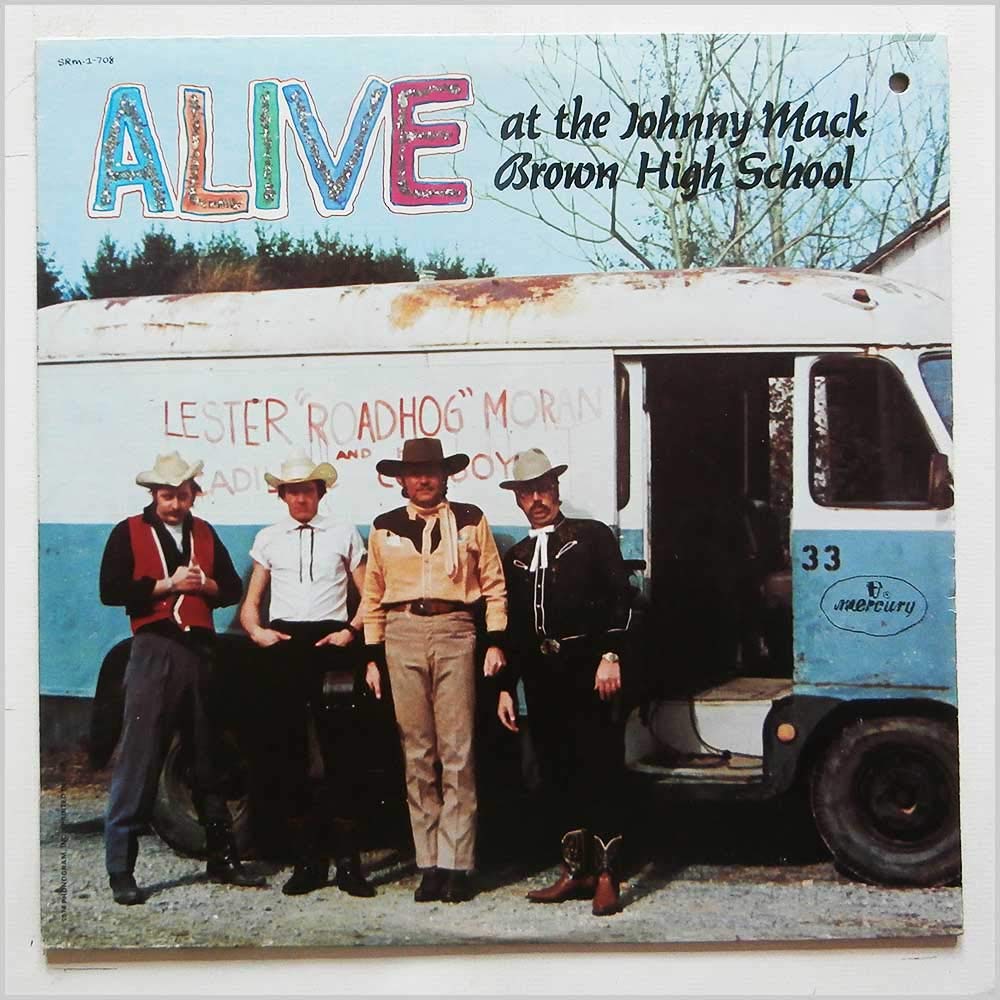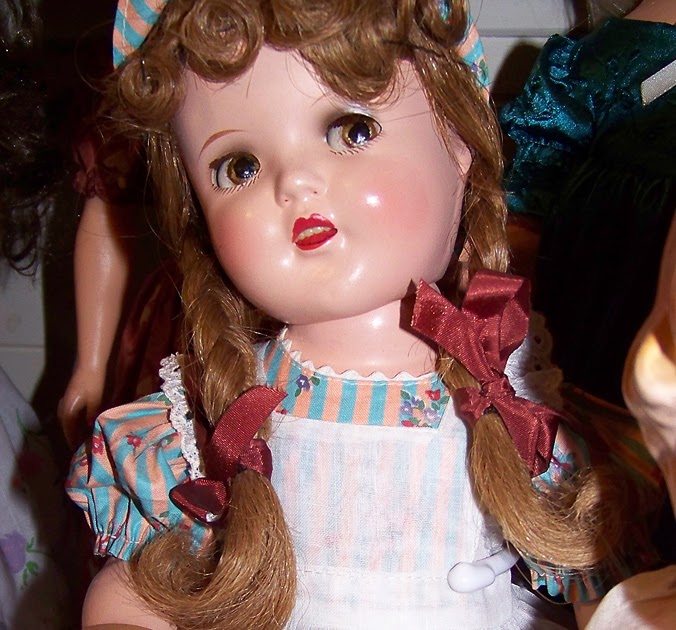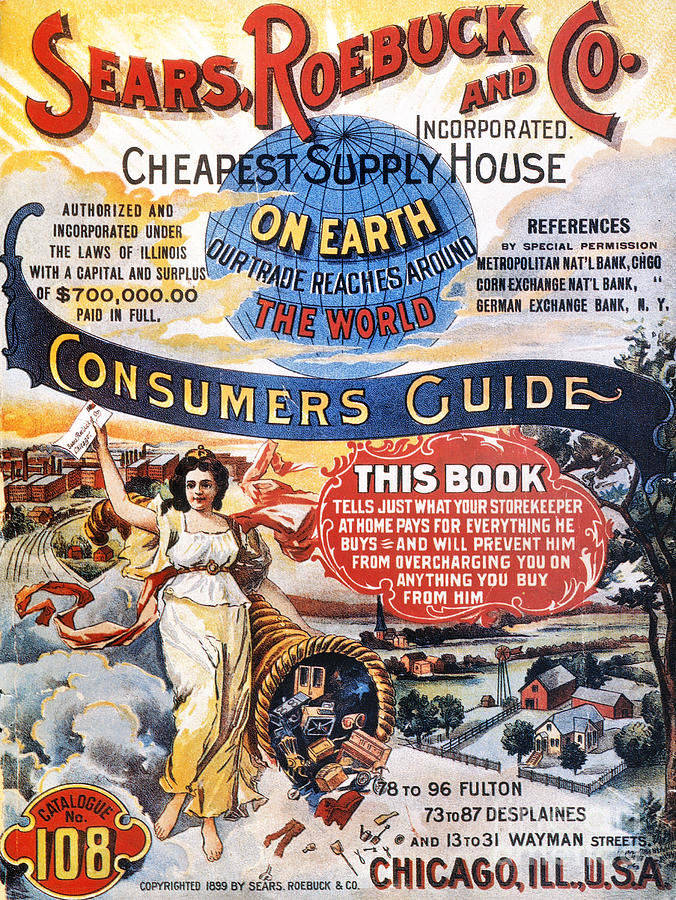I asked. “What do witches eat?” “Witches loves pork meat,” she said. “They loves rice and potatoes. They loves black-eyed peas and cornbread. Lima beans, too, and collard greens and cabbage, all cooked in pork fat. Witches is old folks, most of them. They don’t care none for low-cal. You pile that food on a paper plate, stick a plastic fork in it, and set it down by the side of a tree. And that feeds the witches.”
Midnight in the Garden of Good and Evil— John Berendt
It is a witches brew that feeds Southerners who aren’t witches, especially on New Year’s Day. Gather ‘round children, your social studies lesson is about to begin.
Southern culture is steeped with superstition, from painting our porch ceilings “haint blue” (Gulla/Geechie) to protect against evil spirits, to hanging a mirror beside our front door (Appalachian) to occupy the devil. Another superstition involves the love for black-eyed peas and collard greens and their relationship to luck and prosperity.
Eating collard greens and black-eyed peas on New Year’s Day are a Southern tradition that has spread to other parts of the land, south to north and south to west and the historian in me loves to ask the question, “Where did the tradition of eating collard greens and black-eyed peas on New Year’s Day originate and why?”
As with most “ancient” history, there is “gracious plenty” speculation and like all histories, are written by the victors or at least by those people who remained in power.
We Southerners can all agree that peas are the embodiment of blessings or luck and collard greens, prosperity but how did it get to be that way? Why did it spread so widely?
Peas are the oldest of the New Year’s traditions, used by Jewish folk to celebrate the New Year as far back as 500 AD. The Jewish tradition of eating black-eyed peas for fertility and luck continues today during the Jewish New Year some 2500 years later. Our Southern tradition doesn’t date that far back but is just as strongly embedded.
The origin is not as clear-cut in the Southern United States. According to “some” White Southerners, peas became a New Year’s staple because of that dastardly General William T. Sherman and his infamous “March to the Sea” during the Civil War. According to “some” historians, Sherman deemed salt pork and dried peas to be unfit for human consumption and left them behind, giving starving Southerners and Confederate soldiers a “blessing” as they were “lucky” enough to have it to stave off starvation.
In another tradition, Black Southerners, read slaves, made black-eyed peas a staple for New Year’s celebrations because the Emancipation Proclamation went into effect on January 1, 1863, and black-eyed peas were their only abundant food source.
Once considered a crop fit only for livestock, starving Southerners of both races consumed black-eyed peas out of necessity and transformed them into a symbolic and well-loved tradition.
I’m sure there is truth in both stories but what I know as truth, black-eyed peas in the United States date from the time slaves brought them from Africa. Black-eyed peas became so pervasive throughout the old slave states that black-eyed peas appear in recipes as varied as Cowboy Caviar down in Texas to Hoppin’ John in South Carolina to Peas with Ham up in North Carolina.
Dried beans of all varieties have been a staple, certainly a staple in my childhood, of Southern cooking especially during the dismal, gray days of winter and have a quality of taste that far surpasses those canned today. They were never used as livestock food during my lifetime unless the cow got loose in the pea patch. In my grandmother’s kitchen, dried peas were sorted through, washed, and then allowed to soak in water overnight before being rinsed again and put on to cook with salt, onions, garlic, and, of course, pork fat.
Collard greens are a bit more straight forward. Collard greens, along with their cousin turnip greens, are typically one of the only fresh vegetables that you can find in January in the South, so their place in the New Year’s food bill of fare is quite practical. They are also inexpensive and nutritious. More importantly, they are quite tasty when cooked in bacon grease, salt pork, or with ham hocks and seasoned with red pepper flakes and vinegar to add a little heat and tartness.
How collards came to be regarded as a precursor to prosperity is unknown, except that collard greens are green like paper money. I have been told “every mouthful of collard greens is worth a thousand dollars in your pocket.” For this reason, greens have replaced cabbage or sauerkraut in most Southern New Year’s celebrations.
With all that pot liquor created from cooking you must have something to sop it up with and that leads us to cornbread, corn being a staple in the South, both for animal and human consumption. Over time I have come to believe that cornbread makes us stop and remember what we have and where we came from. It harkens to our “roots.” Pones of cornbread prepared in cast iron pans passed down from the generations before us and seasoned by the hands of angels no longer with us. Rich in flavor, yellow in color, this bread has been compared to the color of gold and thought to bring good fortune and wealth.
Every Southern supper (dinner to you Yanks) involves a protein and hogs were the cheap staple even if you ate “high on the hog.” Slaves, later freemen, and poor white farmers alike found ways to prepare lesser cuts, making them palatable to the point of being preferred. Hog jowls or ham hocks are slowly cooked, the meat picked out before being added to collards and peas already cooked with salt pork. Spareribs slowly cooked over a barbacoa, I’m salivating a bit. One tradition says that a pig cannot turn its head, which means it’s always looking forward as we should be looking to the future.
How peas and collards culturally diffused to parts north and west is easy to understand and troubling for a progressive Southerner. The Great Migration was one of the largest movements of people in United States history. Six million Black people moved from the American South to Northern, Midwestern, and Western states from the 1910s until the 1970s.
The driving force behind the mass movement was to escape racial violence, pursue economic and educational opportunities, and obtain freedom from the oppression of Jim Crow in my beloved South. With their migration they took their culture and their traditions and passed them on to other folks. Traditions that included black eye-peas and collards. Traditions that added vivid colors to the canvas of life in the United States.
I have been lucky, and blessed, if not rich…rich monetarily that is. My life has been filled with richness attributed to family and friends, acquaintances, and students I taught and coached. The people I have been lucky enough to run across in my seven decades on earth. I don’t know how much to attribute to eating black-eyed peas and collards, dumb luck, or a benevolent Supreme Being. What I most appreciate are the diverse traditions and the diverse people who make me smile and add richness to my own off-white canvas.
My hope for the New Year is that we all will celebrate a newfound prosperity, monetary or otherwise, good luck, good health, and peace. Peace from Covid, war, and peace in our own lives. I hope the New Year brings people together with understanding rather than forcing them apart with disinformation.
Happy New Years from the Foothills of the Blue Ridge. Enjoy your peas and collards.
Sources:
https://www.southernliving.com/holidays-occasions/new-years/new-years-traditions-black-eyed-peas
https://www.archives.gov/research/african-americans/migrations/great-migration
https://www.allrecipes.com/article/how-to-cook-dried-beans/
And a lifetime living in the South.
Don Miller’s latest nonfiction release is “Pig Trails and Rabbit Holes,” a collection of short stories and essays on life in the foothills of the Blue Ridge. It can be purchased in paperback or downloaded at https://www.amazon.com/Pig-Trails-Rabbit-Holes-Southerner/dp/B09GQSNYL2/ref=sr_1_1?crid=FXC3AISNRIU7&keywords=pig+trails+and+rabbit+holes&qid=1640701551&s=books&sprefix=Pig+trails+an%2Cstripbooks%2C299&sr=1-1









